New DPP will hopefully address the glitches that tend to slow down procurement procedure: Defence Expert
Updated: Jan 12, 2016 05:08:44pm
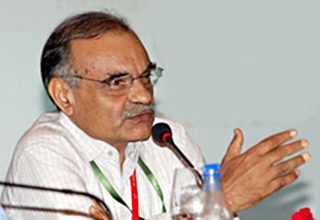
The Defence Acquisition Council (DAC) chaired by Defence Minister Manohar Parrikar met late on Monday evening to discuss the new DPP and gave its approval to the changes.
“Recommendations of the expert committee headed by former Home Secretary Dhirendra Singh were considered and most of them were approved,” Parrikar said.
Sharing his views on this, Cowshish, who is a Distinguished Fellow at the Institute for Defence Studies and Analysis (IDSA) told KNN that, “The Defence Acquisition Council apparently took some momentous decisions in its meeting yesterday that have a bearing on defence acquisitions which, for long, have been mired in procedural tangles.”
The highlights of the new procedure are a new category to promote domestic manufacturing, including government funding for Research & Development (R&D) and recognition of the Micro, Small and Medium Enterprises (MSME) in technology development. The new policy provides for increase in contract threshold from Rs 300 crore to Rs 2,000 crore for offsets, tweaks the L1 policy and pushes 'Make in India' initiative.
"We currently have signed offsets worth USD 5 billion and another USD 8 billion is in pipeline. We may not be able to absorb all of this. Moreover, offsets also increase the cost of the product by 14-18 per cent," Parrikar said on Monday explaining why the threshold has been increased.
Raising the threshold at which the offsets kick in from Rs 300 crore to Rs 2,000 crore implies that there will be lesser offsets contracts to be negotiated, said Cowshish.
“That will provide relief all around and make it faster for smaller contracts below Rs 2,000 crore to be finalised in a shorter time frame. But the smaller Indian companies which, at least in theory, stood to gain from offsets, might lose that opportunity as there will be fewer offset contracts on offer to the Indian Offset Partners,” he added.
The Defence Ministry has also approved changes its L1 policy of selecting lowest bidder. Under the new move, 10 per cent extra weightage will be given if a system displays better qualities than required.
Another major change in the DPP is the policy to fund Indian private entities in Research and Development to encourage more local development.
Under the new DPP, a new category called the 'IDDM' or 'Indigenously Designed, Developed and Manufactured' platforms has been created.
This category, with at least 40 per cent indigenous content, will get top priority and will be first to be chosen for tenders.
Under the new DPP, Make (Indian) category has been divided into three parts. One is 90 per cent government funded while the second is industry funded and third reserved for medium and small enterprises.
Sharing his views on this, Cowshish said, “A new category ‘Indian Designed, Developed and Manufactured’ is to be added to the existing five categories. The equipment to be procured under this category must have 40 per cent indigenous content, which is 10 per cent more than the indigenous content requirement under the Buy (India) category. This could help the MSMEs, as much as the bigger companies. However, one will have to wait for the details to emerge to be able to fully appreciate the necessity and implication of introducing this category.”
He further said that in any case, this would encourage indigenous design, development and manufacture of defence equipment.
“This, coupled with the sub-categories to be created under the ‘Make’ category, is clearly intended to push ‘Make in India’ in defence. Increased funding of the cost of development (pushed up from 80 to 90 per cent) for ‘Make’ projects, full reimbursement of the cost of suo moto development by the Indian companies under the second category if the RFP is not issued within two years for the equipment so developed, and creating another category for the MSMEs (presumably with liberal funding by MoD) will mitigate the risk for the industry and consequently promote greater involvement of the industry in designing and manufacturing futuristic equipment, thereby reducing the dependence on imports,” he added.
It is good to have an enabling provision that will permit MoD to pay 10 per cent more (presumably over the L1 price) for equipment that has better technology is good in theory but its implementation could be tricky, he opined adding that one will have to wait for the details to emerge to see how this is intended to be implemented, he said. (KNN Bureau)


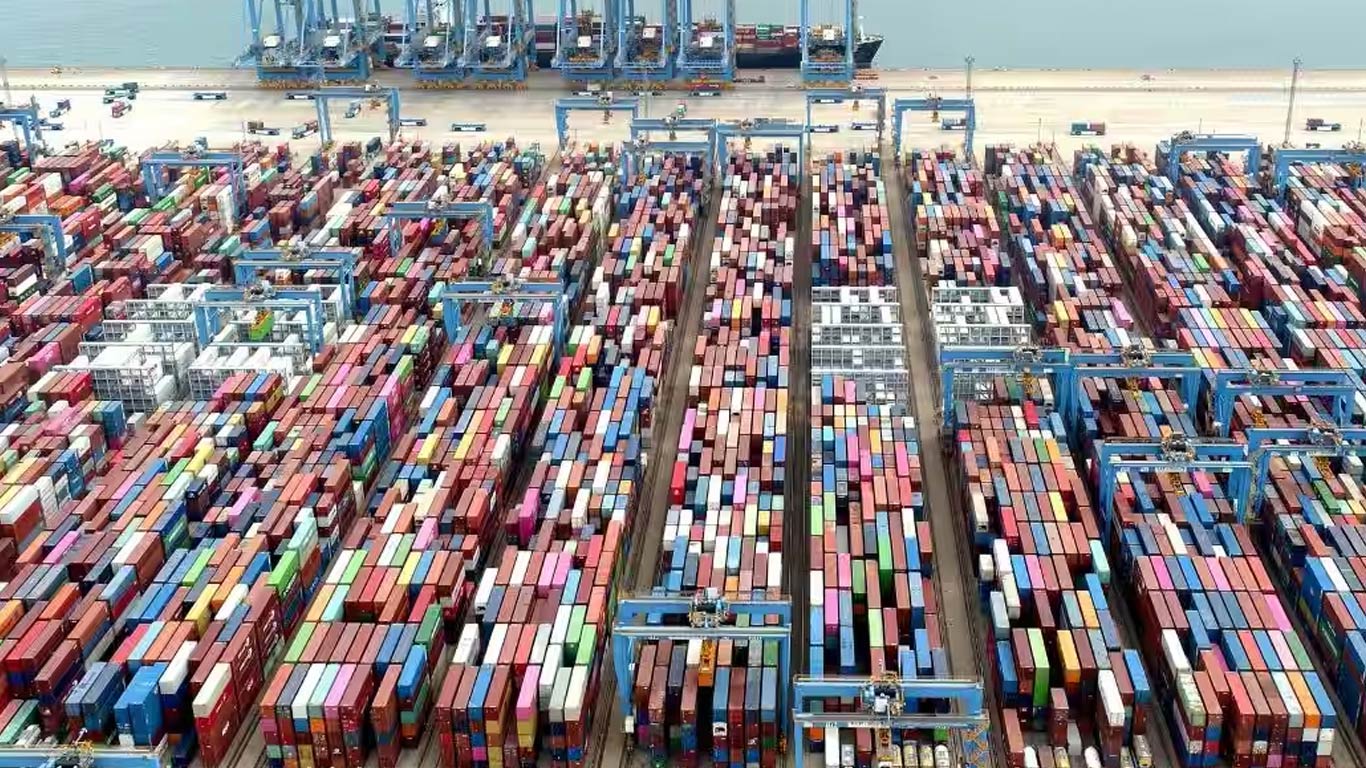
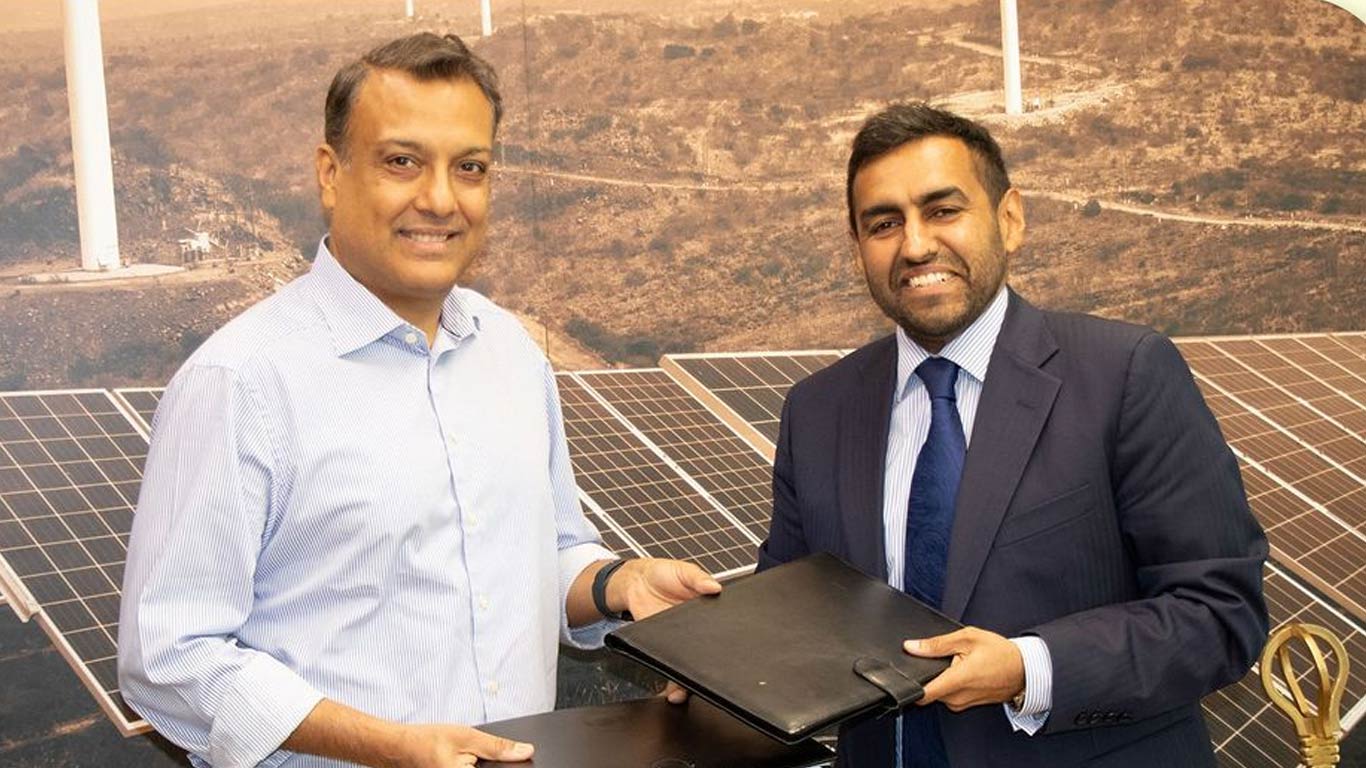
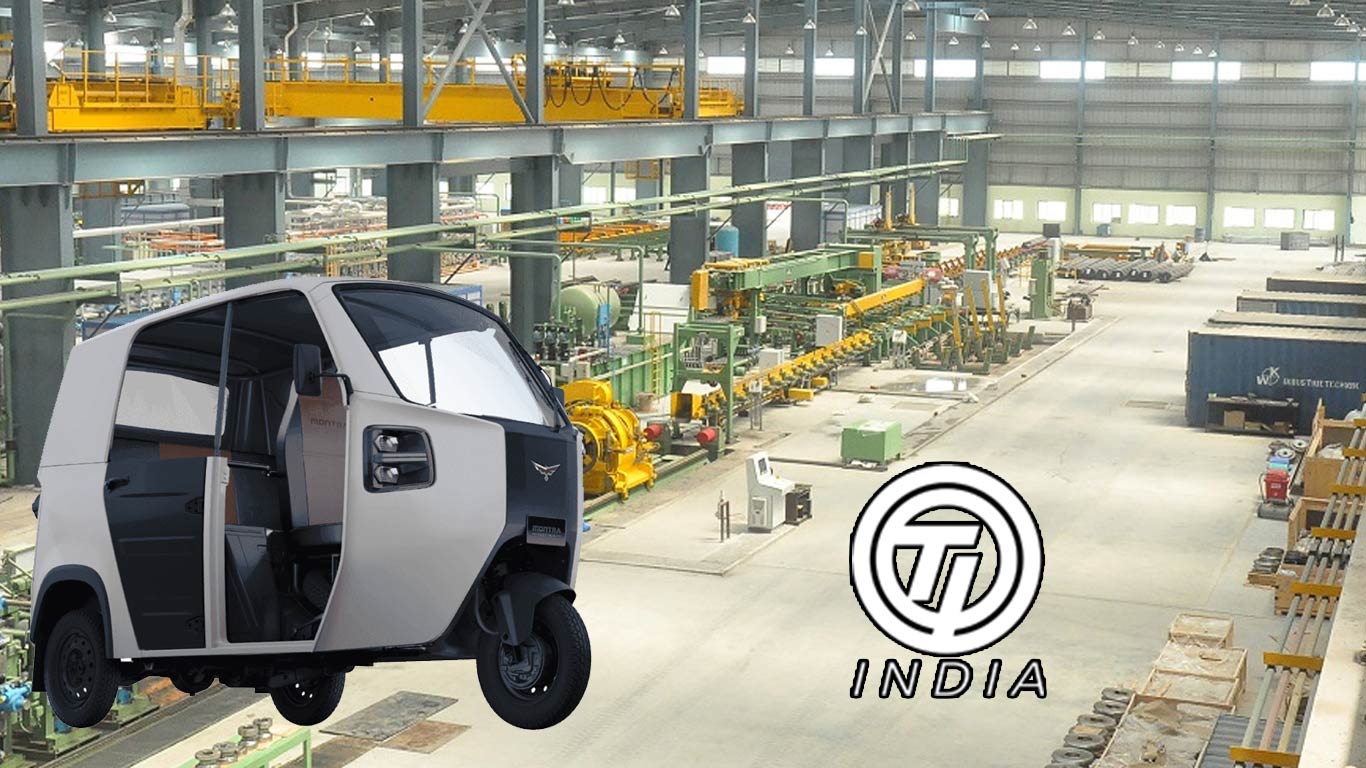
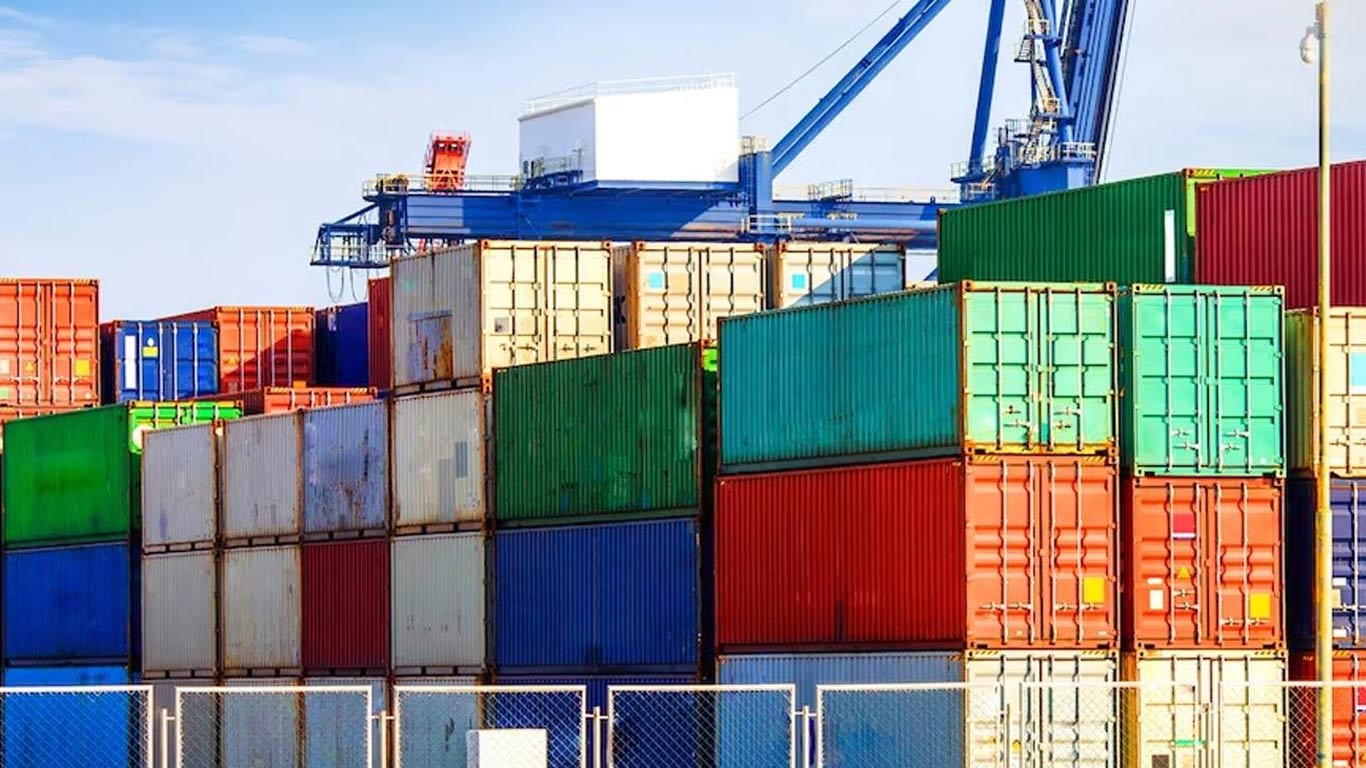





